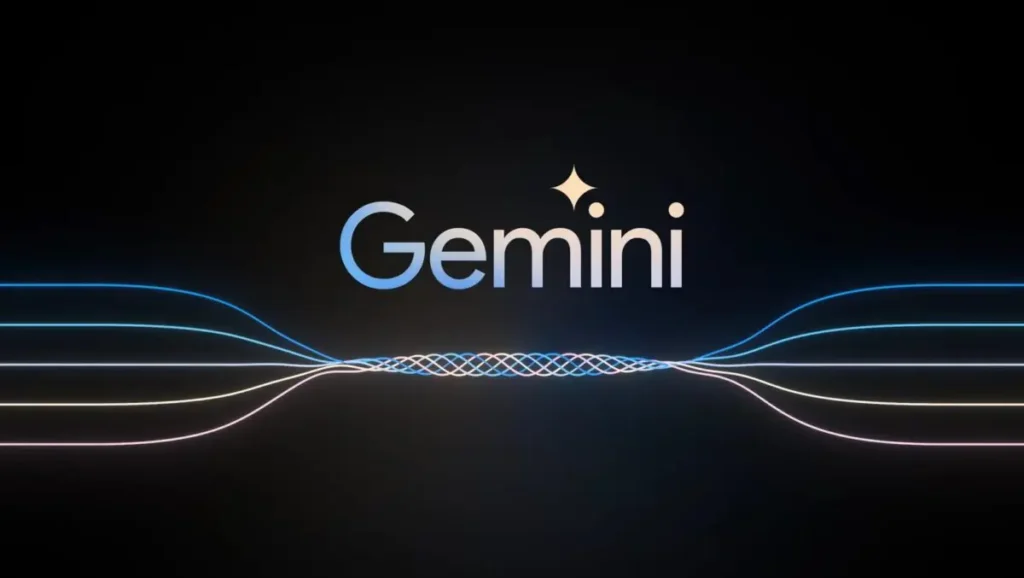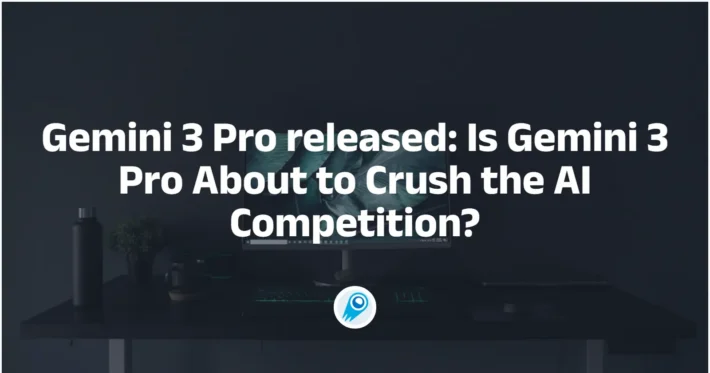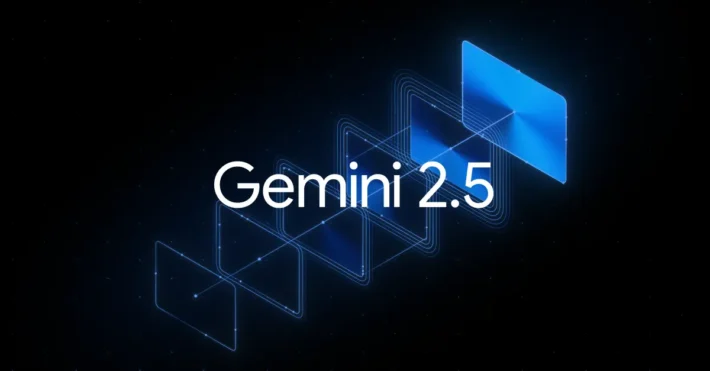Will Gemini Replace Google Assistant?

Google’s Gemini has emerged as the company’s flagship generative-AI offering, and in 2025 the conversation shifted from “What is Gemini?” to “Will Gemini become the assistant that replaces Google Assistant?” The question matters because the answer affects billions of devices, developers, and the future of voice and ambient computing.
Will Gemini actually replace Google Assistant?
Short answer: Partially and progressively. The practical reality is nuance.
- Mobile and search contexts: Google has already begun upgrading Assistant on mobile to Gemini experiences and is actively rolling Gemini-powered features into Chrome, Pixel phones, and other Google properties. In those domains, Gemini is effectively replacing Assistant behavior because the user-facing experience will be Gemini-powered.
- Low-power devices and classic device control: For cheap/older devices, smart-home hubs, and cases where low latency or fully offline operation matters, the classic Assistant will likely persist in some form for the foreseeable future. Google’s staged rollouts and hardware gating make this distinction explicit.
- Enterprise and regulated environments: Organizations that require strict data governance may continue to use Assistant-style deterministic agents or bespoke, on-premise solutions rather than public Gemini services — again, a partial rather than total replacement.
- Timeframe: Google’s public messaging and reporting point to an accelerated migration across Google properties in 2025–2026, but a global, identical-for-everyone replacement is unlikely in a single quarter. Expect multi-year coexistence and gradual deprecation of older interfaces.
What exactly is Gemini, and how does it differ from Google Assistant?
Gemini’s identity: model-first, multimodal, platform-aware
Gemini is Google’s family of large multimodal models (text, image, audio, and — increasingly — video and code) and the suite of products built on them (the Gemini app, Gemini in Chrome, Gemini APIs). Unlike the older Google Assistant, which was architected primarily as a command-and-control voice assistant tied to device APIs and search intents, Gemini is framed as a generative AI platform designed to understand complex instructions, maintain richer context, and operate across modalities.
When and how is the mobile “upgrade” happening?
Google’s rollout has been phased. The March 2025 announcement signaled that Assistant on mobile would be gradually replaced or rebranded where Gemini offers superior capability; subsequent reporting watchers has documented staged updates and opt-in prompts for many Pixel and Android devices. In some regions and on compatible hardware Google has already presented prompts asking users to try Gemini for Assistant tasks; in other cases the Gemini app and Google-branded Assistant UI are being converged under the same product umbrella. That staged approach lets Google test device compatibility, privacy controls, and user expectations before a full-scale, across-the-board switch.
How are Gemini and Google Assistant different technically and in user experience?
At a high level, the difference is: Assistant has historically been a deterministic, action-oriented system (“do things for you” — control music, timers, smart home), while Gemini is a generalist large language and multimodal model designed to both know and do — to research, generate multimedia outputs, and orchestrate more complex sequences of actions. Below are the most important practical distinctions.
What capabilities does Gemini bring that Assistant did not?
- Multimodal understanding and generation: Gemini natively handles images, text, and increasingly video and audio, enabling features like image-based queries, generative images/videos, and richer context in a single conversation.
- Longer memory and context: Newer Gemini variants have much larger context windows and explicit memory controls, allowing more coherent, multi-step interactions and follow-ups.
- “Agentic” actions and automation prototypes: Project prototypes demonstrated at Google I/O show how Gemini can plan and execute multi-step tasks (book, confirm, follow up). Google frames this as a move from “knowing” to “doing.”
- Creative generation and research features: Gemini includes Deep Research, Canvas, Imagen (image gen) and Veo (video/audio gen) toolsets that go far beyond the simple query/response tasks of classic Assistant.
What aspects of the assistant experience remain different?
Assistant’s strengths historically include ultra-fast local integrations (quick timers, robust offline wake words, tight smart-home integrations) and a predictable, small API surface for third parties. Gemini’s richer reasoning and media generation are powerful, but they introduce latency, model-update behavior, and new privacy trade-offs that change the feel and trust equation for some quick tasks. In short: Gemini expands the “what” and “how well” a virtual assistant can think and create, while Assistant retains advantages in deterministic, low-latency device control — at least for now.
How do Gemini and Google Assistant differ architectural and in capability?
Core architectural and capability differences
Google Assistant was engineered as a fast, deterministic voice agent optimized for short-turn commands (timers, device control, quick lookups) and deep integration with Android, Wear OS, Nest devices, and Google services. Gemini is a family of large, multimodal generative models built for open-ended reasoning, long-form synthesis, multimodal understanding (images, audio, video), and content generation. In short: Assistant = lightweight task execution; Gemini = heavy contextual reasoning and creative generation.
Gemini’s strengths are contextual memory across longer dialogues, multimodal perception (point your camera, ask follow-ups, receive generated images/video/audio), and synthesis of complex answers. Those are capabilities Assistant historically did not prioritize. Conversely, Assistant has historically been tuned to low latency, strong on-device command execution, and broad compatibility with device APIs.
Edge vs. cloud tradeoffs and privacy engineering
Gemini’s power comes from server-side model compute and inference; Assistant historically relied more heavily on optimized on-device pipelines for speed and privacy. Google is attempting to bridge this by offering hybrid modes (local control + cloud reasoning) and by allowing Gemini to access device features through controlled APIs. But that hybrid introduces new latency, connectivity, and privacy tradeoffs that did not exist when Assistant ran most commands locally.
If Gemini doesn’t fully replace Assistant, what will “coexistence” look like?
A practical coexistence scenario is highly likely:
- Hybrid mode: On many devices, lightweight Assistant code will continue to handle immediate, local tasks (alarms, device toggles), while Gemini handles complex, cloud-backed reasoning (trip planning, summarization, multimodal queries). Users may not notice the split if context switching and latency are well handled.
- Tiered device behavior: Newer phones and Nest products will deliver the full Gemini experience; older phones, watches, and constrained home devices will retain Assistant-style behavior until hardware refresh cycles permit upgrades.
- Developer choice: App makers will be able to choose Gemini models for generative tasks or stay with Assistant APIs for deterministic interactions. Google’s Home API thrust suggests it wants to enable that choice while nudging developers toward Gemini-enabled experiences.
How should users and developers prepare?
For users
- Review privacy settings: Look for “Keep Activity,” Temporary Chats, and memory controls in Gemini/Assistant settings; decide what you want remembered.
- Check device compatibility: If you have older hardware, don’t assume every Gemini feature will be available; keep your OS and apps updated and read the upgrade prompts carefully.
For developers and product teams
- Audit integrations: Map which user flows assume predictable Assistant behavior and identify where generative context could break assumptions.
- Design for correctness and consent: Build confirmation steps for high-risk actions (payments, bookings, access to private data) and make consent flows explicit.
- Plan migration windows: Expect Google to provide SDKs, deprecation timelines and new APIs — but start prototyping early to identify UX changes.
Getting Started via CometAPI
CometAPI is a unified API platform that aggregates over 500 AI models from leading providers—such as OpenAI’s GPT series, Google’s Gemini, Anthropic’s Claude, Midjourney, Suno, and more—into a single, developer-friendly interface. By offering consistent authentication, request formatting, and response handling, CometAPI dramatically simplifies the integration of AI capabilities into your applications. Whether you’re building chatbots, image generators, music composers, or data‐driven analytics pipelines, CometAPI lets you iterate faster, control costs, and remain vendor-agnostic—all while tapping into the latest breakthroughs across the AI ecosystem.
Developers can access Gemini 2.5 Flash,Gemini 2.5 Flash-Lite andGemini 2.5 Pro through CometAPI, the latest models version listed are as of the article’s publication date. To begin, explore the model’s capabilities in the Playground and consult the API guide for detailed instructions. Before accessing, please make sure you have logged in to CometAPI and obtained the API key. CometAPI offer a price far lower than the official price to help you integrate.
Final verdict: replacement in name, transformation in practice
Gemini is not simply a drop-in “new Assistant” label. It represents a paradigm shift: assistants that do richer reasoning, generate media, and can act more autonomously. For many users, in many places (mobile, Search, Workspace), Gemini will replace the classic Google Assistant experience — delivering a substantially more powerful and creative assistant. But for others (older devices, latency-sensitive actions, regulated environments) the classic deterministic Assistant behavior will persist for the near term. The real story is not a binary swap but a convergence: Google is folding Assistant’s “doing” into Gemini’s “knowing,” while maintaining layered fallbacks and privacy controls.



